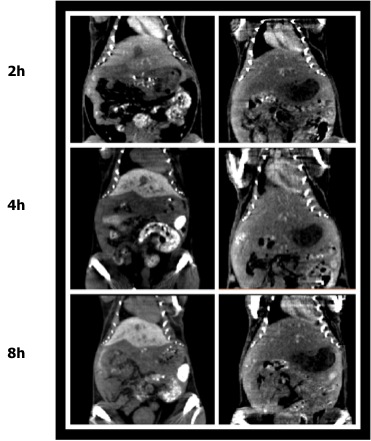Exploring Cerebrovascular Dynamics with Widefield Laser Speckle Contrast Imaging
Understanding Laser Speckle Contrast Imaging In previous articles, we introduced several approaches to study brain function using the LightTrack OiS200 platform, including intrinsic signals, autofluorescence,



